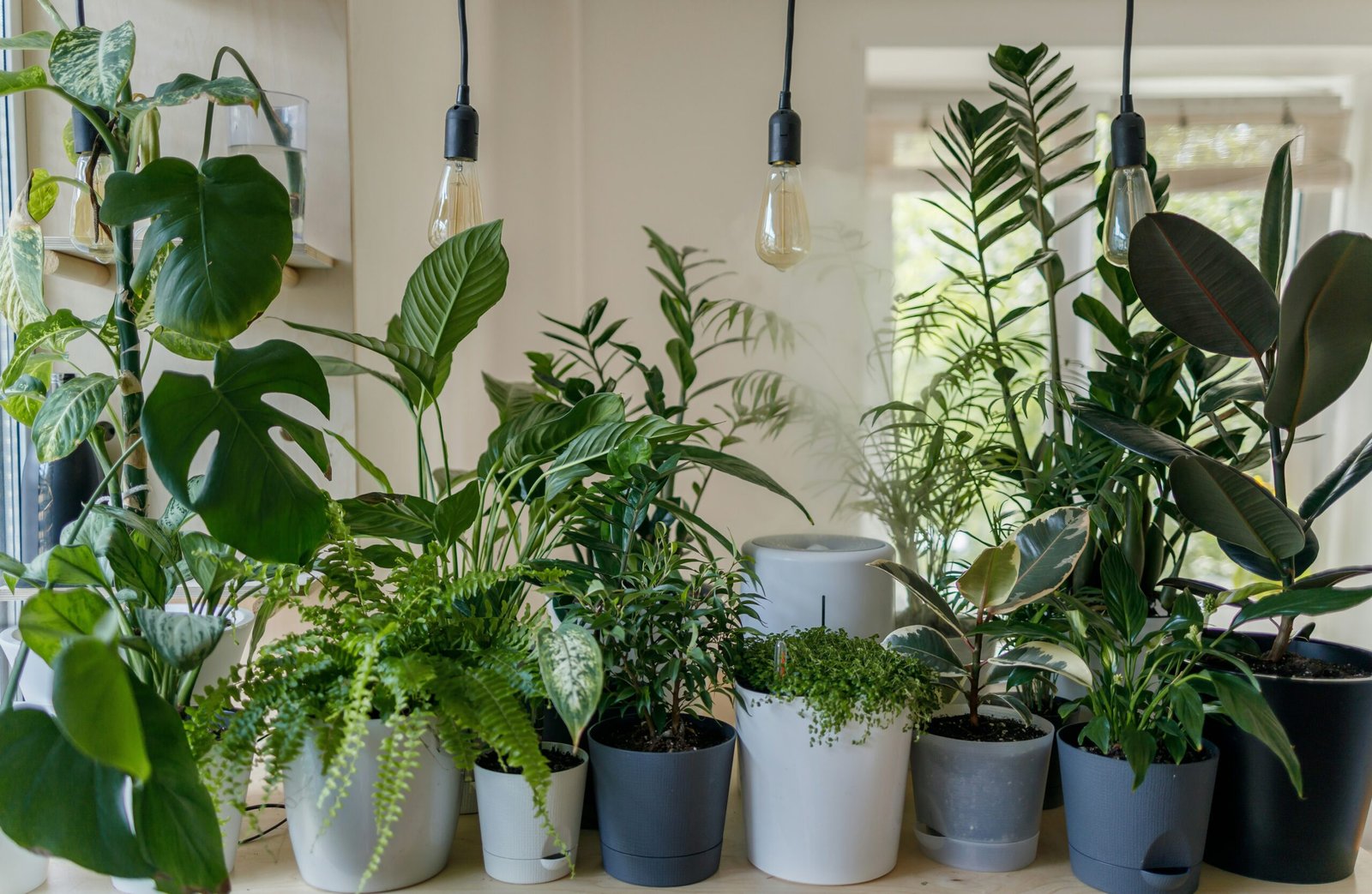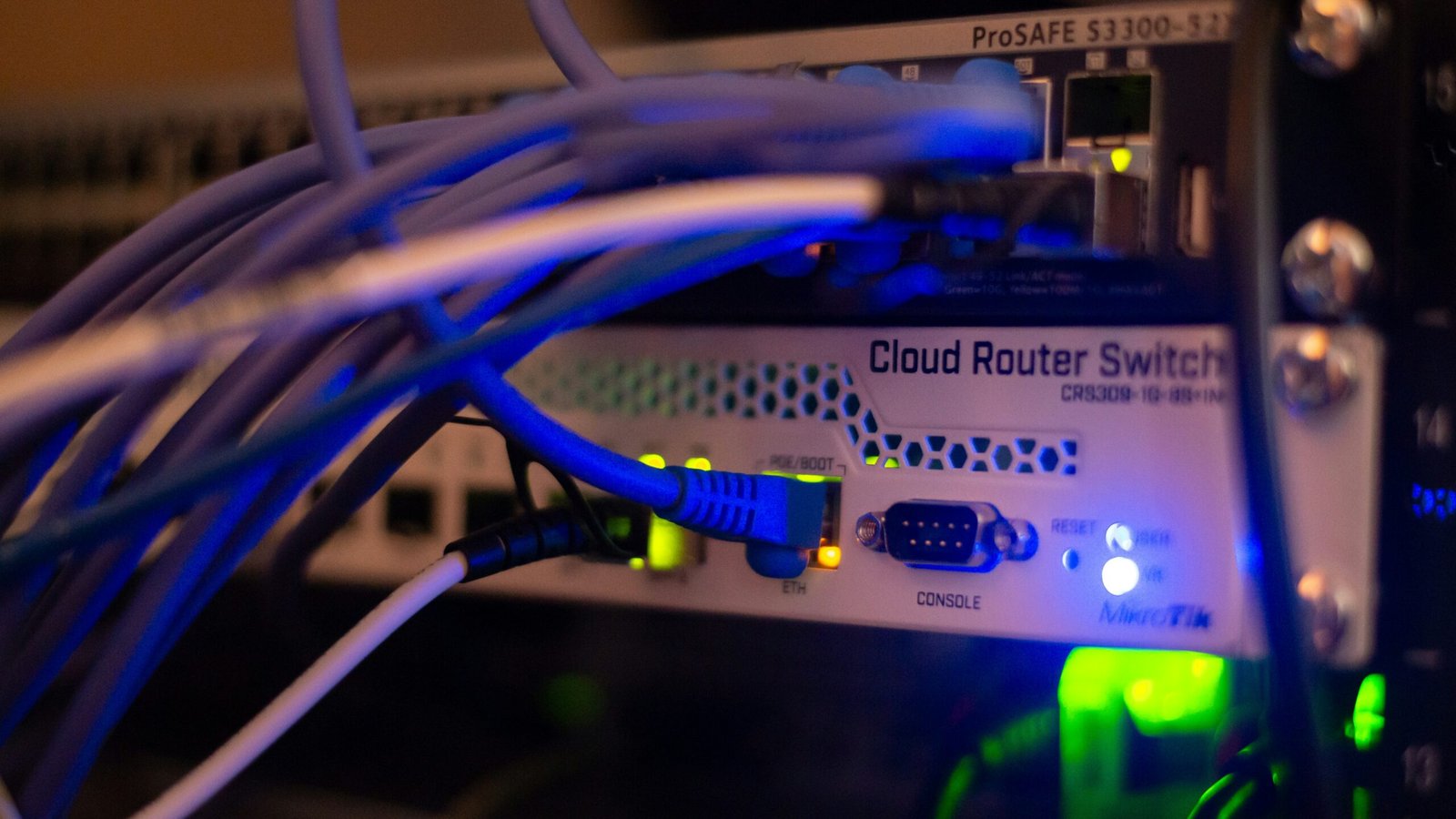How to Transition from Physics to Data Science: A Comprehensive Guide
Welcome to the exciting world of data science! If you love solving puzzles and figuring out how things work, you might enjoy transitioning from physics to data science. This guide will help you understand the basics and get started on this new adventure.
What is Data Science?
Data science is like being a detective, but instead of solving mysteries, you solve problems with numbers and data. It’s a field where people use mathematics, statistics, and computer skills to find answers hidden in data.
Why Move from Physics to Data Science?
If you enjoy physics, you’re already off to a great start in data science! Both fields require a knack for solving complex problems and understanding the world through theories and practical applications. Here’s why making the shift can be exciting:
Use Existing Skills: Physics has given you a strong foundation in problem-solving and critical thinking.
New Challenges: Data science offers endless opportunities to tackle new and diverse problems in industries ranging from healthcare to entertainment.
Impactful Work: Your work in data science can directly influence decisions in business strategies, scientific research, and even government policies.
Step-by-Step Guide to Get Started
Step 1: Get Excited About Data!
Data science starts with curiosity. Just like when you first learned about gravity or the planets, start by getting curious about data. What stories can numbers tell us?
Step 2: Learn the Basics
Transitioning into data science involves mastering several key skills. Here, we break down these skills further with detailed explanations and examples to help make the concepts clearer and more engaging.
Programming
Description: Programming in data science is like learning a new language that helps you talk to computers. You’ll use it to give instructions to the computer on how to analyze data.
Example: Learn Python—it’s popular in data science for its readability and versatility. Suppose you want to count how many times you’ve gone swimming this summer. You could write a simple Python program to count and keep track of each swim.
Table: Basic Python Concepts
| Concept | Description | Example |
|---|---|---|
| Variables | Containers for storing data values. | swims = 5 |
| Loops | Repeat actions a certain number of times. | for i in range(5): |
| Functions | Blocks of code that perform a task. | def count_swims(): |
Statistics
Description: Statistics is used in data science to make sense of the data. You analyze data to find patterns, trends, and make predictions.
Example: If you measure the heights of all your classmates and calculate the average, you’re using statistics to understand more about your class’s height distribution.
Table: Basic Statistics Terms
| Term | Description | Example |
|---|---|---|
| Mean | The average of a data set. | Average height = Sum of heights / Number of students |
| Median | The middle value in a data set. | Middle student’s height when lined up by height |
| Standard Deviation | Measures how spread out the numbers are in your data. | Low deviation means heights are similar. |
Problem-Solving
Description: Problem-solving in data science means using data to answer questions or make decisions. It’s like solving a mystery where the clues are data points.
Example: A toy store wants to know which toys to stock up on before the holiday season. By analyzing sales data from previous years, you can predict which toys will be popular.
Table: Problem-Solving Steps
| Step | Description | Example |
|---|---|---|
| Define the Problem | Understand what you need to find out. | Which toys will sell the most? |
| Gather Data | Collect the data you need to solve the problem. | Sales data from the last 5 years. |
| Analyze Data | Use statistics and programming to examine the data. | Calculate average sales for each toy. |
| Make Decisions | Use your analysis to make informed decisions. | Choose toys with highest sales for stocking. |
By expanding on these basic skills with clear explanations, practical examples, and illustrative tables, the guide becomes more accessible and engaging, especially for young or novice learners transitioning from physics to data science. This detailed approach ensures readers understand not only the “how” but also the “why” behind each skill.
Try solving some fun puzzles using data. There are websites that have games and challenges to help you practice.
Step 4: Show What You Know
Once you feel comfortable, try to make a small project. Maybe you could count how many birds visit your garden and try to predict how many will come tomorrow!
Learn from Others
“Learning from others is like standing on the shoulders of giants. You can see further and learn faster!” – A wise data scientist
Talk to people who are already data scientists. They were beginners once, just like you!
Keep It Fun and Exciting
Remember, learning something new can be challenging but also a lot of fun. Keep your curiosity alive, and don’t be afraid to ask questions.
Conclusion
Moving from physics to data science is like going from playing with toy cars to driving a real one. It’s more complex but also more exciting because you can go further and do more. Keep learning, stay curious, and you’ll be a great data scientist one day!
By following these simple steps, anyone—even kids as young as six—can start learning about data science. It’s all about taking small steps and having fun along the way.










